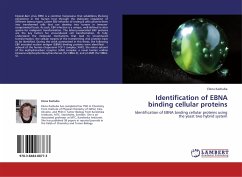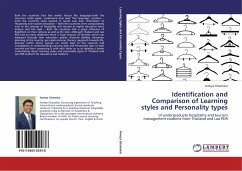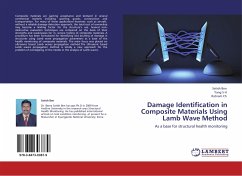Epstein-Barr virus (EBV) is a common herpesvirus that establishes life-long persistence in the human host through the elaborate regulation of different latency types. Latent EBV infection of resting B cells converts them into transformed cells that can develop into tumors in immune-compromised hosts. As such, EBV infection is a unique, well-defined in vitro system for malignant transformation. The latency-associated EBV proteins are the key factors for virus-induced cell transformation. To fully understand the molecular mechanisms that lead to virusinduced transformation, the cellular targets of the transforming viral proteins have to be identified. During the work summarized in this thesis, the following EBV encoded nuclear antigen (EBNA) binding proteins were identified: -subunit of the human chaperonin TCP-1 complex; XAP2, the minor subunit of the arylhydrocarbon receptor (AhR) complex; a novel human uridine kinase/uracilphosphoribosyltransferase (for EBNA-3); and p14ARF (for EBNA-5).








